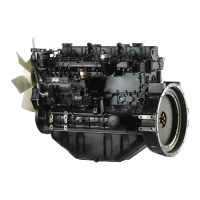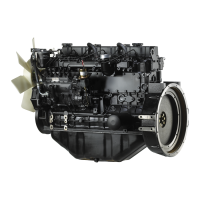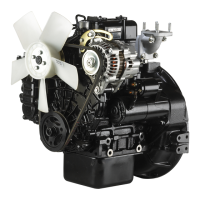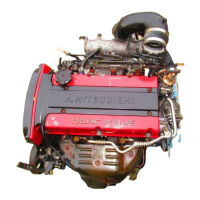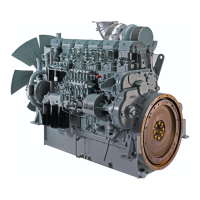Chapter 4 Characteristics
4–4
4-1-3 Magnetic brake power supply
CAUTION
1. Always install a surge absorber on the brake terminal when using DC OFF.
2. Do not connect or disconnect the cannon plug while the brake power is ON.
The cannon plug pins could be damaged by sparks.
(1) Brake excitation power supply
1) Prepare a brake excitation power supply that can accurately ensure the attraction current in
consideration of the voltage fluctuation and excitation coil temperature.
2) The brake terminal polarity is random. Make sure not to mistake the terminals with other circuits.
(2) Brake excitation circuit
(a) AC OFF and (b) DC OFF can be used to turn OFF the brake excitation power supply (to apply
the brakes).
(a) AC OFF
The braking delay time will be longer, but the excitation circuit will be simple, and the relay cut off
capacity will be smaller.
(b) DC OFF
The braking delay time can be shortened, but a surge absorber will be required and the relay cut
off capacity will increase.
<Cautions>
• Provide sufficient DC cut off capacity at the contact.
• Always use a serge absorber.
• When using the cannon plug type, the surge absorber will be further away, so use shielded
wires between the motor and surge absorber.
PS : 24 VDC stabilized power supply
ZD1, ZD2 : Zener diode for power supply
protection (1W, 24V)
VAR1, VAR2 : Surge absorber (220V)
Fig. 4-1 Magnetic brake circuits
(a) Example of AC OFF
24VDC
PS
SW
100 VAC
or
200 VAC
Magnetic brakes
(b) Example of DC OFF
24VDC
PS
SW2
VAR2
SW1
VAR1
ZD1
ZD2
100 VAC
or
200 VAC
Magnetic brakes 1
Magnetic brakes 2

